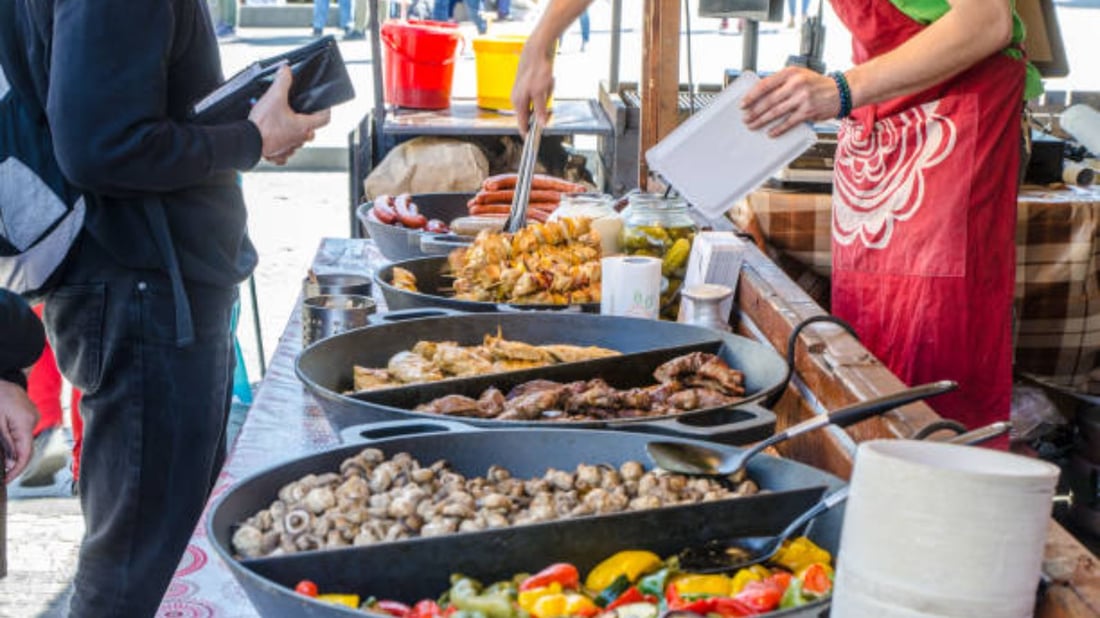Kitchen essentials: choose the right pot, cook the right dish!
Choosing the right pot and pan for your kitchen is essential to make the perfect meal. When you’re just starting out cooking, it can be overwhelming to know what type of pot to use for each recipe. This article will cover the basics of kitchen essentials: choose the right pot, cook the right dish!
1. Why Choosing the Right Pot Is Important
Choosing the right pot is important because it affects the outcome of your dish. For example, if you're making a sauce in a small pot, it will cook faster and reduce down quicker than if you were using a larger pot. If you’re using a pot that’s too small for your recipe, your dish may end up overflowing and making a mess. On the other hand, if you’re using a pot that’s too large, the heat won’t distribute evenly and your food may burn.
2. Consider the Material of the Pot
The material of the pot is also important to consider. Most pots are made from stainless steel, cast iron, aluminum, or copper. Stainless steel is durable and easy to clean, while cast iron retains heat well. Aluminum heats up quickly and evenly, while copper is excellent for conducting heat. Each material has its own advantages and disadvantages, so consider which one is best for the type of cooking you do most often.
3. Choose the Right Size for Your Recipe
The size of the pot is also important to consider. If you’re making a large soup or stew, you may want to use a stockpot so that you can fit all of your ingredients inside. If you’re making a small batch of sauce, a small pot will be perfect. Consider the recipe you’re making and choose a pot that’s the appropriate size.
4. Different Pots for Different Cooking Techniques
There are also different pots for different cooking techniques. For example, a saucepan is great for making sauces and gravies, while a sauté pan is ideal for sautéing and frying. A Dutch oven is perfect for stews and casseroles, while a roasting pan is great for roasting meats and vegetables. Consider which pots are best for the type of cooking you do most often.
5. Choose the Right Pot for the Stovetop or Oven
Some pots are designed for stovetop cooking, while others are designed for oven cooking. For example, a Dutch oven is perfect for stovetop cooking, but it’s also great for baking in the oven. An oven-safe skillet is ideal for cooking on the stovetop and then transferring to the oven to finish cooking. Consider which cooking methods you use most often and choose pots that are appropriate for those methods.
6. The Importance of a Lid
A lid is an important part of any pot. It helps to trap in heat and moisture, which is important for cooking certain dishes. For example, if you’re cooking rice or steaming vegetables, you’ll want to use a pot with a tight-fitting lid. Make sure the lid fits securely on the pot and is made from materials that can withstand high heat.
7. Non-Stick or Traditional?
Non-stick pots are great for cooking delicate foods that can easily stick to the bottom of the pot, such as eggs or fish. However, non-stick pots are not as durable as traditional pots and can scratch easily. Traditional pots, on the other hand, are durable and can last a lifetime if taken care of properly. Consider which type of pot is best for the type of cooking you do most often.
8. The Importance of Seasoning Cast Iron
If you’re using cast iron pots, it’s important to season them properly. Seasoning the pot creates a non-stick surface and helps to prevent rust from forming. To season your cast iron pot, heat the pot over high heat, add a thin layer of oil, and then wipe away any excess with a paper towel. Repeat this process until the pot is well-seasoned.
9. Cleaning and Maintaining Your Pots
Cleaning and maintaining your pots is important to ensure that they last a long time. Always follow the manufacturer's instructions for cleaning your pots. Avoid using harsh chemicals or abrasive sponges that can scratch the surface of the pot. If you’re using cast iron pots, be sure to dry them thoroughly after each use to prevent rust from forming.
10. Conclusion
Choosing the right pot and pan for your kitchen is an important part of cooking. When choosing a pot, consider the size, material, and cooking technique. Choose pots that are appropriate for the type of cooking you do most often and make sure they’re well-maintained and cleaned. With the right pots and pans in your kitchen, you’ll be able to cook delicious meals every time.

